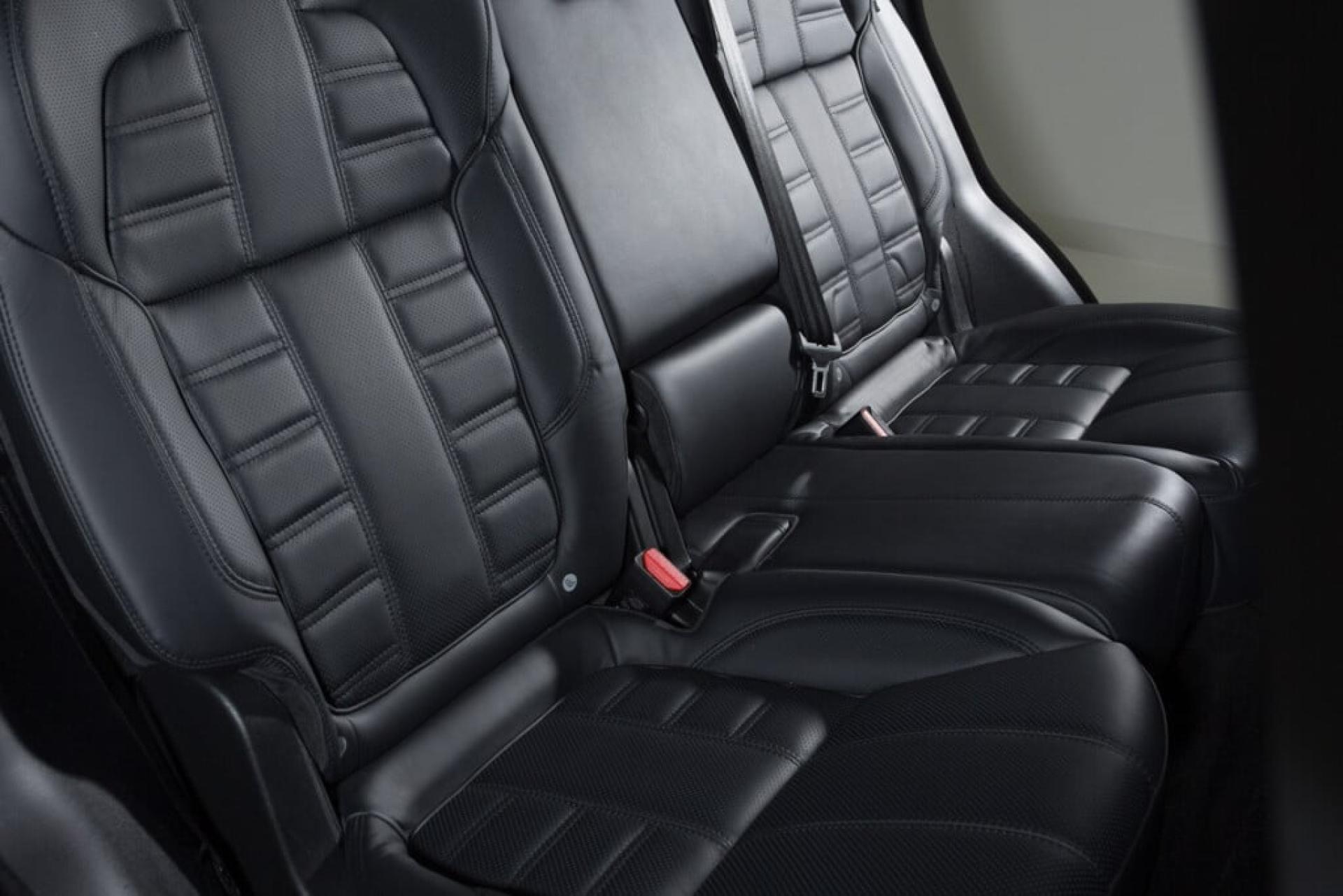The Shanghai High People's Court on Thursday (14th) published a case involving the accidental death of a young child inside a car, sparking discussion about the boundary between product quality and guardianship responsibility. In the case, a 5-year-old girl adjusted the car seat, causing her 2-year-old brother in the back row to be crushed and suffocated to death. The parents sued the car company, seeking 2 million RMB in compensation. The court ultimately determined that the accident was mainly due to the parents' failure to fulfill their guardianship duties, and dismissed the lawsuit against the car manufacturer.
According to the report, the plaintiffs, Zong and Wu, are a married couple with a daughter (5 years old) and a son (2 years and 7 months old). On May 1, 2023, Zong was driving a minivan, taking his wife and two children out. Around 11 a.m. that day, he discovered his young son unconscious and with cyanotic skin inside the vehicle. The child was rushed to the hospital but could not be revived. The cause of death was diagnosed as hypoxic-ischemic encephalopathy.
Zong told the police that the accident occurred when his son was suffocated by the third-row seat being pressed down on him. At the time, his wife and daughter were sitting on the right and left sides of the second row, and the young son was playing with a cell phone in the left side of the third row. Around 10:30 a.m., his wife noticed that the daughter had lowered the seat, pressing down on the son's head. The son was lying under the seat, unresponsive, and upon checking, was found to have stopped breathing.
Zong and his wife sued the vehicle manufacturer, alleging that the car seat adjustment lacked an automatic sensor and retracting function, exerted excessive pressure, had design defects, and lacked clear warning labels, thus failing to fulfill its warning obligations. They demanded a public apology as well as compensation for medical expenses, death and funeral compensation, and mental anguish, totaling 2 million RMB.
● Car Manufacturer: The ‘User Manual’ Provided Clear Instructions
The defendant car company argued that the vehicle in question had passed compulsory national certification. The seat adjustment was manual and met standards. The 'User Manual' clearly explained standards for child safety seat use and posed no unreasonable risk. The accident was caused by the plaintiffs not using a child safety seat, being negligent in supervision, and allowing young children to operate the seat.
The court found that the car was a 7-seater minivan manufactured by the company and had passed inspection in March 2021. The 'User Manual' clearly listed 'warning, caution, and note' items, and in the 'Seats and Protection Devices' chapter, emphasized the necessity of using child safety devices, warning that failure to properly secure children may lead to serious or fatal injury.
The court held that the primary cause of the accident was the parents' failure to fulfill their supervisory duties, not using a child safety seat, and not stopping the child from operating the seat, which led to the tragedy. The vehicle itself met national standards, had adequate warnings, and was not defective in design. Ultimately, the court dismissed all of Zong and Wu's claims. (Source: HK01 News)
